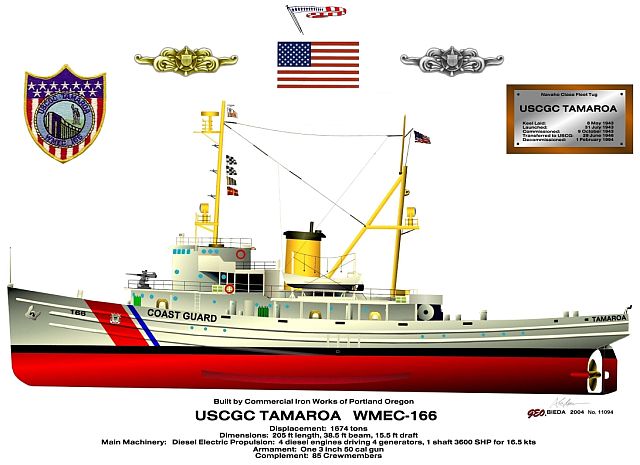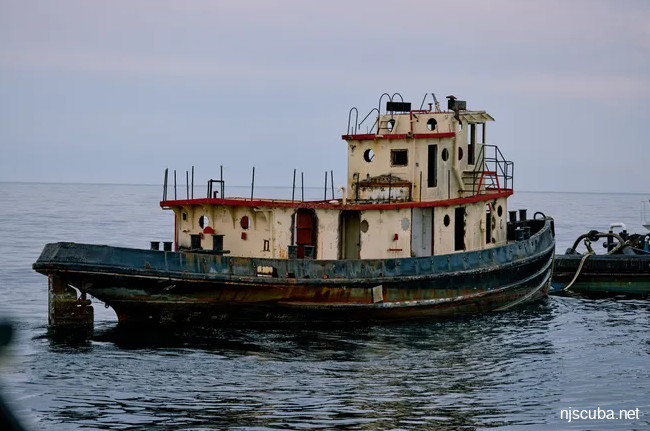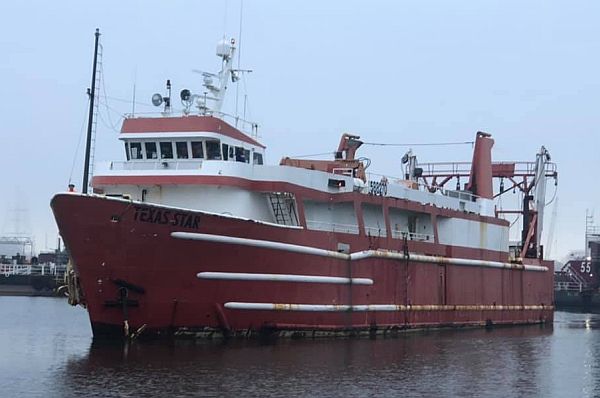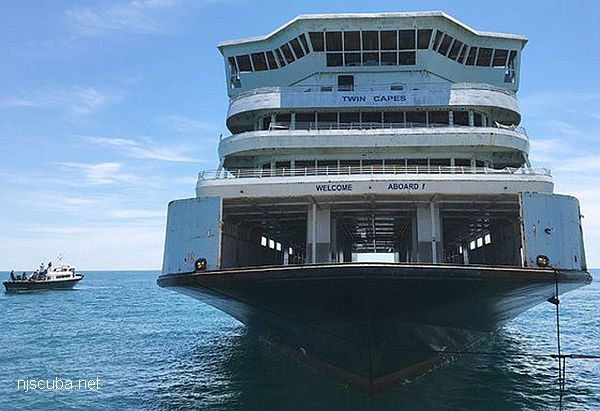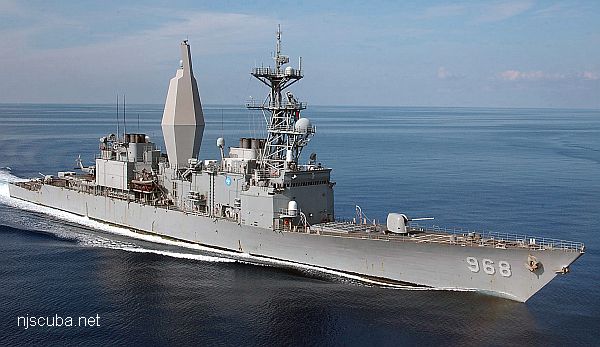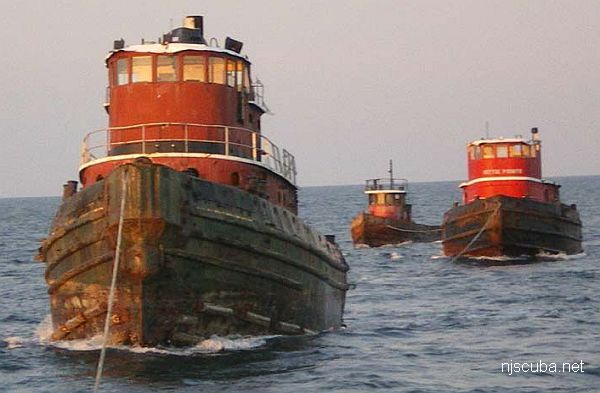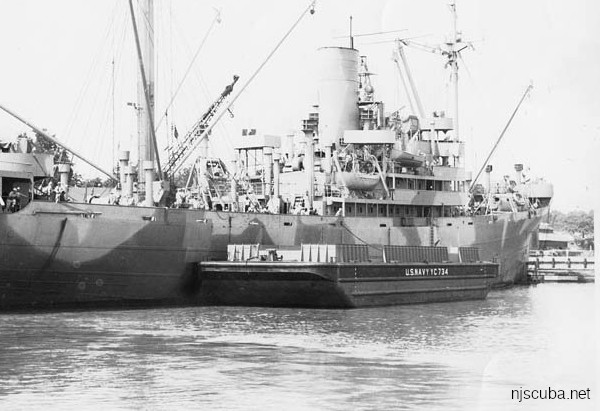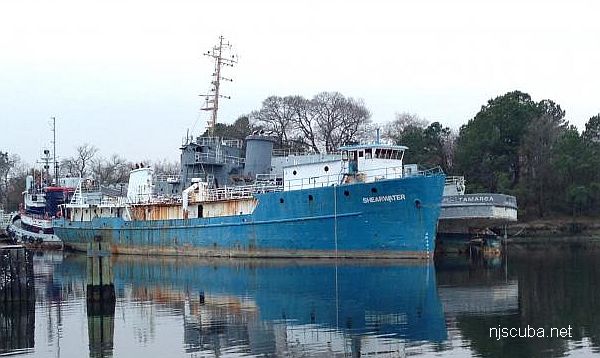
- Type:
- artificial reef, freighter, purse seiner
- Built:
- 1945, Hickinbotham Brothers, Stockton CA USA as FS-411 (US Army)
- Specs:
- ( 166 x 32 ft ) 542 tons
- Sunk:
- Dec 11, 2015 - DelJerseyLand Artificial Reef
- GPS:
- 38°31.661' -74°30.607'
- Depth:
- 120 ft
More: Shearwater FS-411 ...


